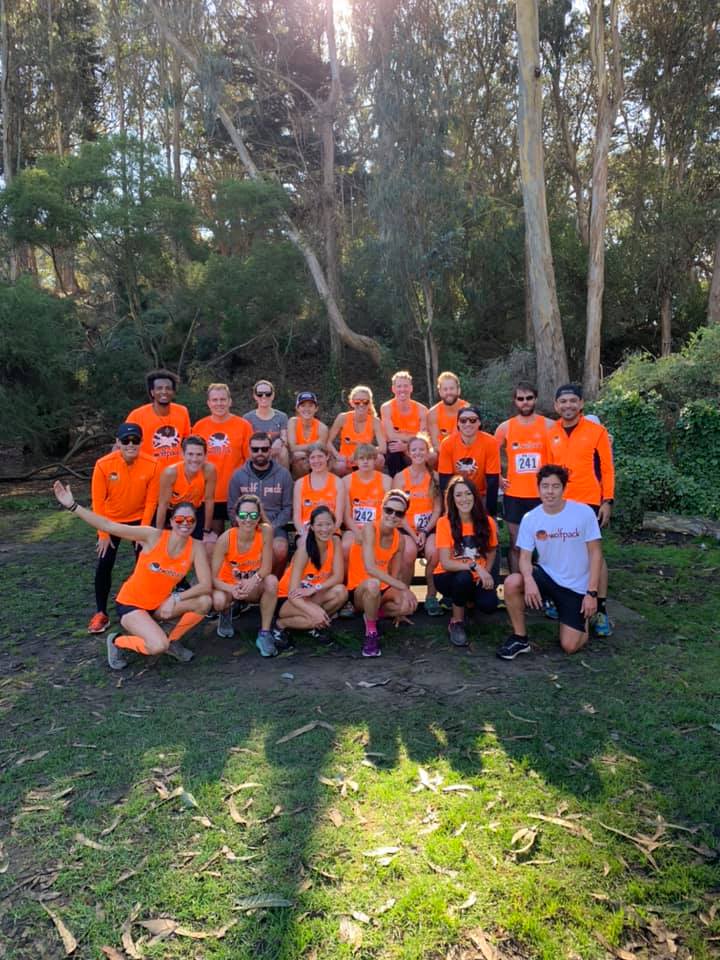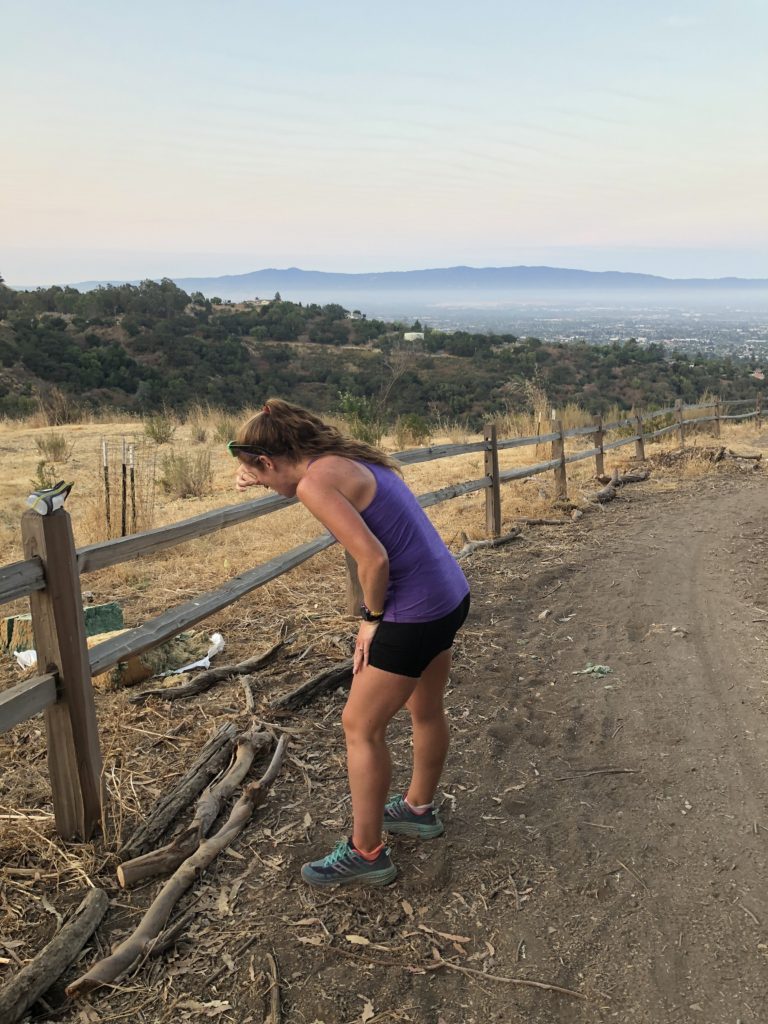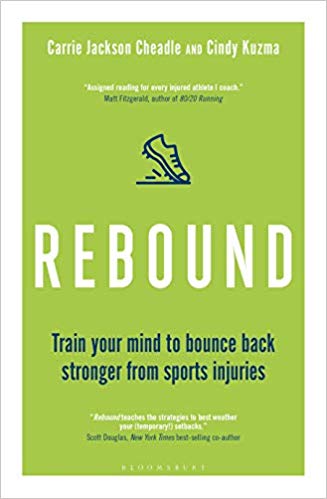2019 PA USATF Cross Country Regional Championship Race Recap – SF, CA
In the weeks since regular season cross-country ended, “life stuff” picked up substantially. I ran the Clarksburg half to help field a full women’s team, but otherwise, somewhat remarkably, I went for a couple weeks without any weekend racing on my calendar. By the time the PA USATF regional cross country championship race rolled around last weekend, it felt like I hadn’t raced cross country in FOREVER! Funny how time messes with us.
Sunday’s championship race was on the same course as the regular season GGP event, which is awesome because it’s so storied. Everything I’ve said before about the course held true this time around as well, with the only exception being that it was significantly muddier and wetter (and thus, more slippery) in the first/third miles than it was earlier in the season.
The masters men race began at 9am (5 miles), with the women at 10 (~4), and the open men at 11 (~6). Race order was slightly different for this race than for the earlier season events, and as you’ve probably noticed, race distances changed, too, specifically for the fellas. At the GGP course, that meant that the masters men started parallel to the normal finish line but ran in the opposite direction (picking up distance on the polo field, I think) before going on to the standard course. The open men, on the other hand, ran 3 loops of the ~2 (or ~2.25mi) course. We women got to run the exact same course that we ran a month or so ago.
Let me tell you: Sunday morning in Lindley Meadow was the place to be. There were *so* many more teams and individuals out there than at any other time during the XC season, and even some of the local college teams showed up to play. Apparently, Sunday’s race was the most-attended champs in recent history. It made for awesome competition and made the already fantastic environment that is a cross country race even *more* lovely. Swarms of people everywhere, a beautiful and perfect-weather morning in SF… it was hard not to be amped.
I hitched a ride north with Sam and Heather, and we arrived in time to see the masters men’s race. (Fun facts: I’ve spent more time with Sam in the past three weeks than I probably have in the past few years combined, just by virtue of going to these PA races. The same goes for Heather. I’m loving the quality time with these fantastic humans). It wasn’t too much later that Janet and other teammates arrived, and we began our easy-paced warm-up before the fun really began. We had so many women show up that we (almost) could have fielded two women’s teams, which for us, is highly unusual. Everyone was down to come out and play and revel in the fun atmosphere.
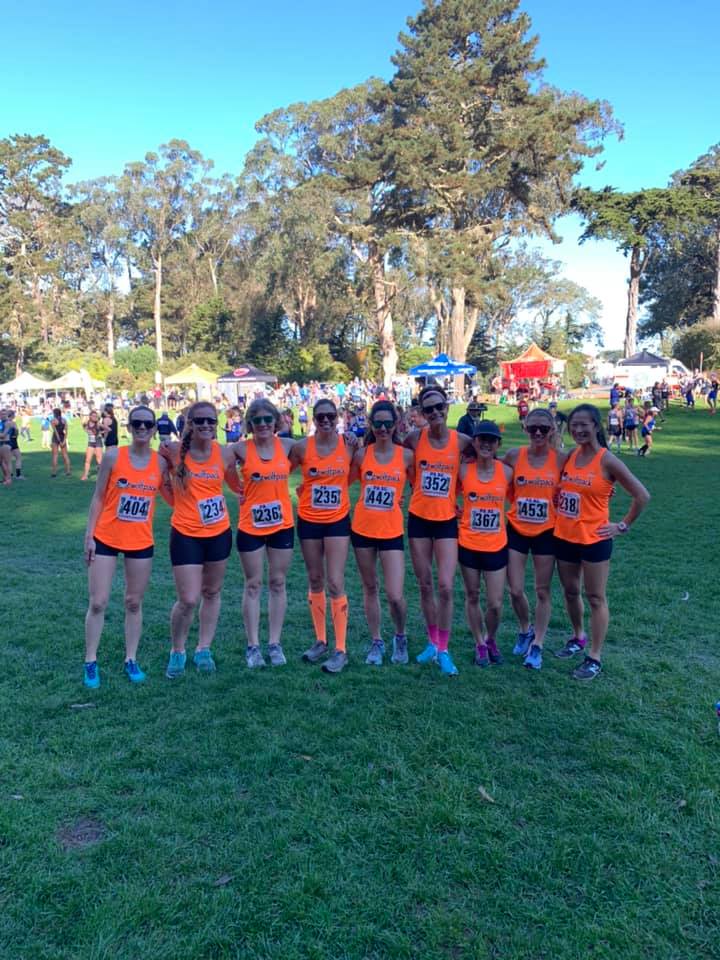
Though I hadn’t raced XC since the final, regular season XC race at Excelsior, I’ve been trying to spend a lot of time on trails each week to build my fitness and endurance. I haven’t done any speedwork or any “fast” running all season long (save for the weekly XC races), which admittedly has been pretty liberating. Hell if I know what paces I could do right now (particularly on roads), but simply relying on feeling and effort to dictate things has been more than enough. I had no idea how I’d perform at champs, and honestly, my one and only goal was to show up and work. Provided I did that, I’d be happy.
True to form, I was slow off the starting line in the grassy meadow, and as I predicted during my warm-up, I felt pretty pokey in the first mile, mostly because I felt boxed in and because I didn’t want to slip on all the aforementioned wet and muddy sections. I began passing women around the first mile, in the singletrack portion of the race, and continued to advance in place throughout the end of the race. Because of its championship status, this race is weighted 1.5x more than normal season XC races — as far as I understand, anyway — so masters runners wear a bib on their backs that indicate their ages (40-49, 50-59, etc.). The idea is that if you’re a high-level runner, competing for top honors, you’ll have a better understanding of your competitors and can be more strategic.
Just like during regular season races, for most of Sunday’s race, I was surrounded by some seriously badass 50+ year-old women, and while some runners self-depricate if someone 10, 20, 30+ their senior beats them, I say bring it on! It is an honor to have my ass kicked by these PA women week after week. (and seriously, I’d love to do whatever it is they’re doing to be able to race like that when I’m their age)
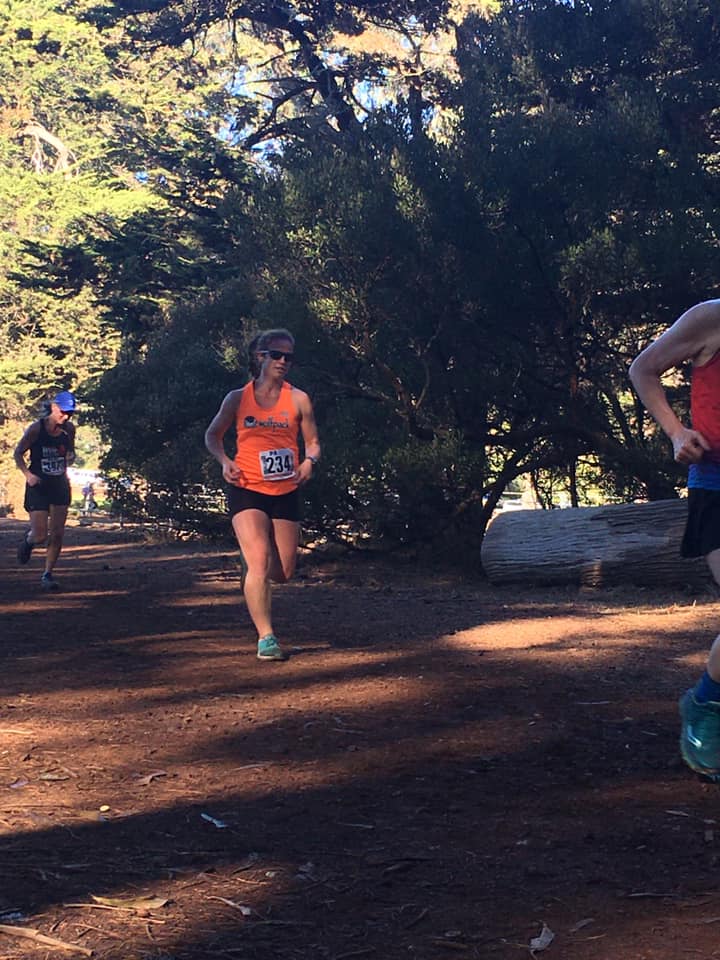
Aside showing up and working hard, my other goal for this race was to take things in a controlled fashion for the second lap. At the end of lap one, beginning mile 3, I remember feeling pretty good and somewhat relieved that things were opening up a bit. I never looked at my watch, even when it beeped, but “felt” like I was pacing myself pretty consistently. Hearing my teammates’ cheers and seeing them throughout the course was a fantastic pick-me-up when I needed it (thanks, gang!), and once we got to the final mile, I tried to pick things up even more and finish the race — and the entire 2019 season — with a bang.

It was never an initial goal of mine to race the entire 2019 XC season and champs, but as the season unfolded and it worked out that way, I was happy to chip away each week at it (complain as I did about the crazy amount of driving we did each week). I tried not to think about that stuff during the champs race — keep your head in the game and all that — but it was hard not to. I have nothing but overwhelmingly positive memories from this year’s season, and perhaps not coincidentally, I have no real concrete memories of my times from any of the races. If pressed, I could probably give you a general pace average or range, but it’s so unlike me to not have the time recall down to the very second. It’s as though I underwent some sort of mental shift this season, with my positive memories from each week’s race stemming from the feelings of running hard, not the exact times I posted. For someone who has typically defined running success on values more numerical and less emotive, this is huge.
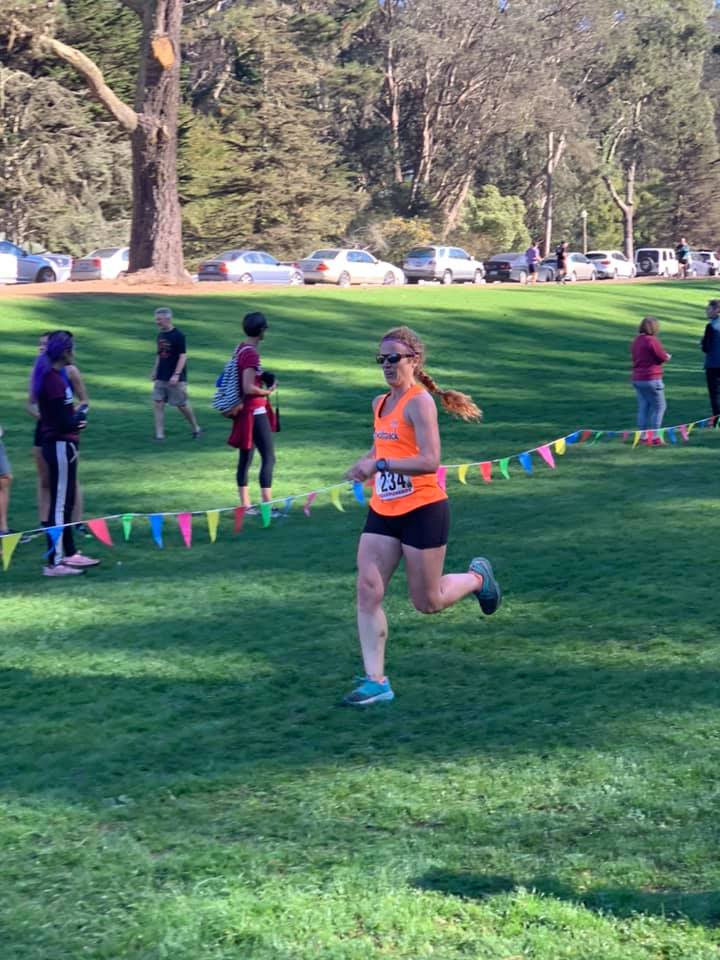
In the throes of competition at champs, as I was finishing my last mile of my last race of the season, I wanted to go out with a bang — to finish feeling satisfied with my work, with how I showed up for my team and for myself — and remind (or teach) myself how enormously satisfying running can be when I’m happy with simply the feeling of working hard. Time on a clock can’t tell me how hard I worked or how deeply I dug; only my body can.
And like that, the race was over, I got outkicked by another runner in the final ~5 meters of the race (but I got down to a 4:47 pace for a hot second, so that’s cool), and it was done. I was the final Wolfpack woman across the line (often, but not always, per usual) and was honestly just amped about the experience and happy because I did what I set out to do: show up and work hard. The time’s irrelevant compared to the feeling.
For what seems like the first time in my life, I didn’t train for a fall marathon this year, and that’s ok. Instead, I got completely outside my comfort zone week after week, had my butt kicked each time by PA racers who could easily lap me if they wanted to, and came out the other side a stronger and more savvy racer.
I’d be disingenuous if I said that toeing the line at the PA races didn’t (or doesn’t) sometimes intimidate me, but in a weird, the-universe-always-makes-sense type of way, my mind hearkens back to the millions of conversations my eldest and I have had about her swimming and about how practicing and racing alongside her faster peers will only help her improve. Comparison is a shitty game to play, I tell her (slightly more eloquently), so turn it all inward, and focus on yourself and your effort. I think she’s finally coming around to understanding WTF her old mom is talking about here, and I feel like I see it in how she comports herself at training and in competition. I don’t think my running exactly mirrors her swimming, but eleven-plus weeks of cross country later, I’m realizing that the sports’ (and athletes’ experiences) are more shared than they are distinct. Perhaps I should consider listening to myself more than I do.
Family logistics this quarter kinda precluded my ability to do what I would usually do at this time of year (or at any other time of year, really). More importantly, though, they forced me to do something different, something differently-challenging, and for that, my running deepened. Each mile we run becomes part of us, of our story, and while we can never know where they’ll take us, it’s a lot of fun to surmise. It’s even more fun when they’re miles in races and environments that we never saw coming.
It has been a fun ride this season, and while it likely made for some less-than-entertaining, kinda formulaic blog content (I ran at this place that was 234987 miles away, and it was hilly, and I almost ate shit but didn’t, but I had so much fun, and you should come join me next time!), I’m deeply appreciative for the opportunity (and TBH am impressed that I followed through with my weekly recapping). Thanks for the ongoing encouragement, and I’m looking forward to racing alongside you next year; the open invitation begins now. xo
